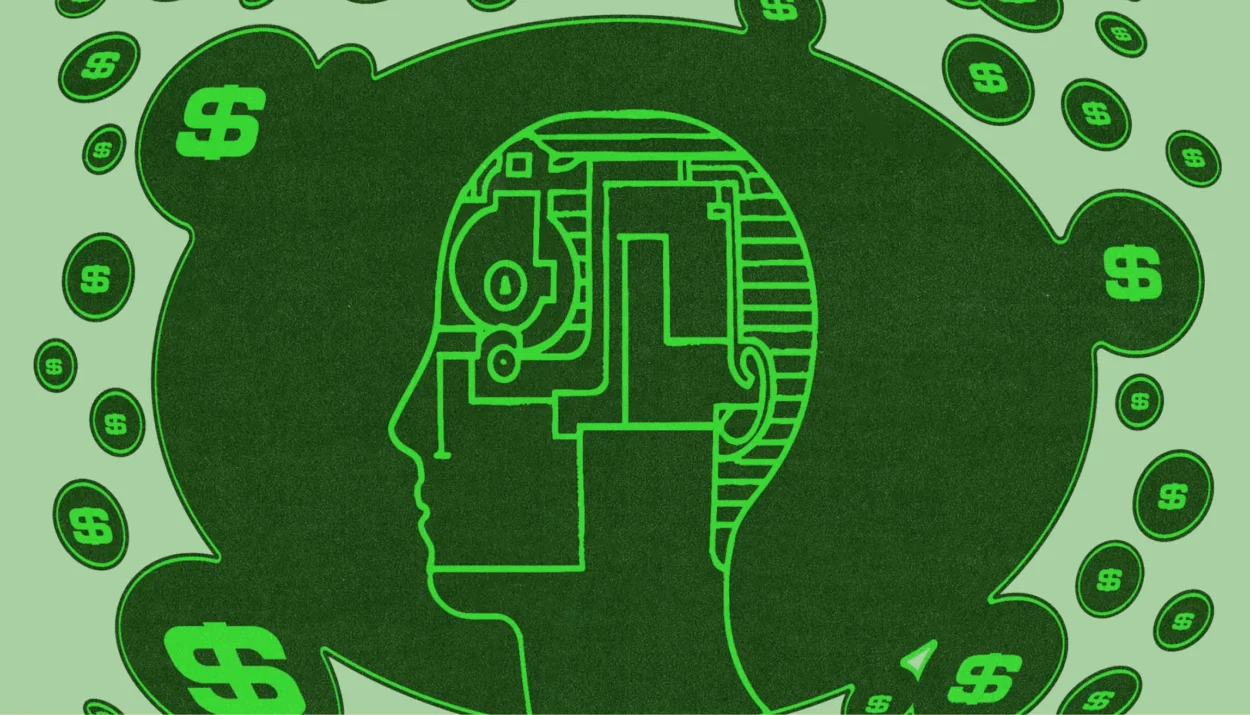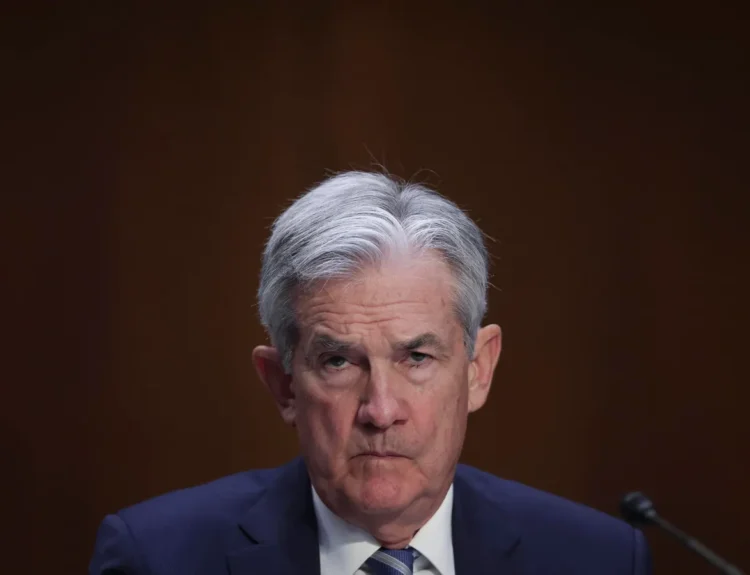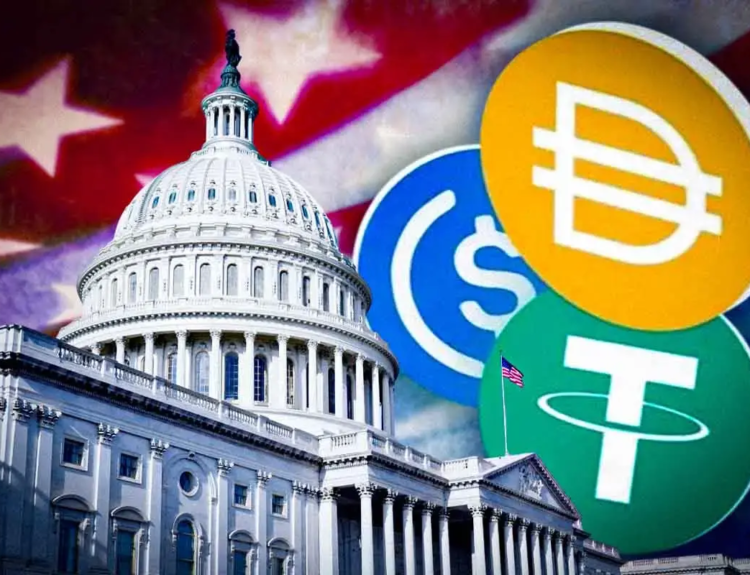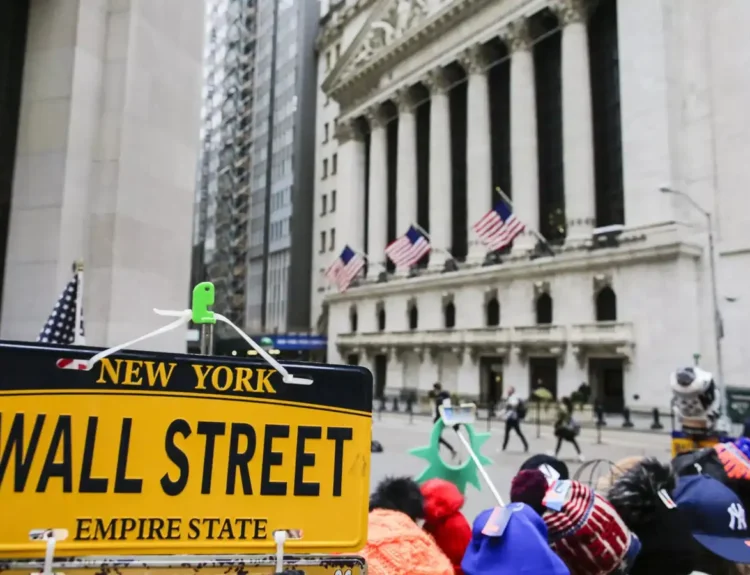The AI-fueled market boom that pushed Wall Street to record highs may be approaching its limit, economists warn. As valuations of tech giants soar, parallels to the 1990s dot-com bubble are becoming hard to ignore.
At the IMF’s annual meeting last week, the fund’s chief economist said the AI investment frenzy carries “echoes of the dot-com era,” while former IMF head Kristalina Georgieva warned of rising financial instability and urged investors to brace for turbulence.
The S&P 500’s AI-heavy rally — driven by megacaps like Nvidia, Microsoft, and Alphabet — has lifted total market capitalization to record levels. But some analysts now fear that inflated valuations and circular financing among AI firms could trigger a wider selloff.
Warnings of a $35 Trillion Wealth Shock
Economist Gita Gopinath, a former IMF chief and now at Harvard, estimates that an AI market crash similar to the early 2000s tech bust could erase around $20 trillion in US household wealth — nearly 70% of US GDP.
She also warned that foreign investors could face losses exceeding $15 trillion, roughly 20% of global GDP.
“The structural vulnerabilities and macroeconomic context are far more perilous today,” Gopinath said, citing high tariffs, weakening Fed independence, and rising doubts about the US dollar’s stability.
The Funding Problem Beneath the Hype
While Goldman Sachs maintains that AI investments will be justified by future productivity gains — projecting U.S. productivity growth to rise to 1.9% annually by the 2030s — others doubt that optimism.
Critics point to several red flags:
- Circular financing among AI firms — where companies fund each other’s ventures, inflating valuations artificially.
- Debt-fueled infrastructure spending, especially for data centers, which could strain balance sheets if interest rates rise.
- Nonbank exposure, with pension funds, insurers, and hedge funds now holding half of the world’s financial assets, but under weaker regulatory oversight.
The IMF warned that this growing “shadow banking” sector could amplify financial contagion in a downturn.
How a Crash Could Spread
Economist Nicholas Sargen, in an opinion for The Hill, noted that while the dot-com crash of the early 2000s only caused a mild recession, the situation today is more dangerous due to high leverage and margin debt, now at a record $1.1 trillion.
“The leverage on underlying positions can exacerbate losses if the stock market declines,” Sargen said, warning that a 20–30% selloff could easily tip the US into a moderate recession.
He added that while the AI boom has so far been funded mostly by cash-rich companies, the increasing reliance on borrowing may soon expose the financial system to deeper risks.
A New Tech Bubble in the Making
The consensus among economists is clear — AI will transform the economy, but not without volatility. As optimism collides with debt, leverage, and regulatory gaps, the global economy faces a familiar question:
Will AI’s promise power the next decade of growth — or trigger the next great crash?










